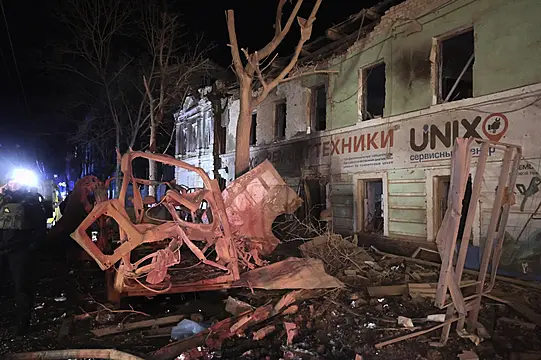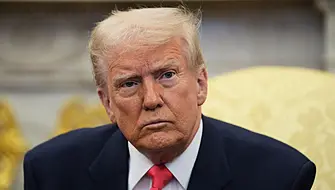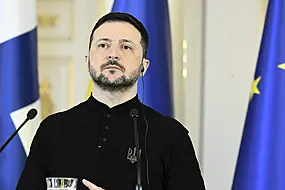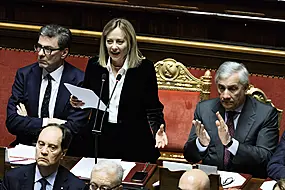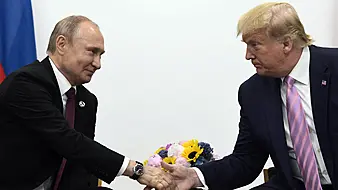Russia has fired two missiles at Kharkiv city in north-eastern Ukraine, hitting apartment buildings and a medical centre and injuring 17 people, officials said.
The S-300 missiles landed after dark on Tuesday, Kharkiv regional governor Oleh Syniehubov said on Telegram.
The surface-to-air missiles have been adapted by Russia to hit land targets and are cheaper to produce than ballistic or cruise missiles.
However, they are inaccurate and have a shorter range, analysts say.

Both sides are looking to replenish their weapons stockpiles as fighting along the 930-mile front line is largely bogged down by winter weather and the war’s focus turns to long-range missile, drone and artillery strikes.
Russia’s intense aerial attacks across Ukraine in recent weeks sharply increased civilian casualties in December, with more than 100 killed and nearly 500 injured, according to the United Nations.
Ukraine president Volodymyr Zelenskiy has been making a diplomatic push for Kyiv’s Western allies to keep supplying weaponry.
He recently visited three Baltic countries and was at the World Economic Forum in Davos, Switzerland, to make his case on Tuesday.
The night-time attack on Kharkiv, Ukraine’s second-largest city, struck 20 residential buildings and a medical centre, authorities said.
Latest Defence Intelligence update on the situation in Ukraine – 17 January 2024.
Find out more about Defence Intelligence's use of language: https://t.co/0npPvd2nrM #StandWithUkraine 🇺🇦 pic.twitter.com/tHDMvqC5Yp— Ministry of Defence 🇬🇧 (@DefenceHQ) January 17, 2024
Deeper inside the region of the same name, areas close to the front line came under artillery fire, according to officials.
Ukraine’s air force said it intercepted 19 out of 20 Shahed-type drones fired by Russia overnight, though regional officials reported that other drones made it through air defences.
In the southern city of Odesa, three people were injured in a drone attack that forced the evacuation of about 130 people from an apartment building, regional governor Oleh Kiper said.
In Kherson, another southern city, artillery fire injured three people and damaged residential districts overnight.
The missile attacks on Kharkiv came from the Russian border region of Belgorod, Ukrainian officials said.

That area has experienced a recent increase of cross-border attacks by Ukraine.
The Russian defence ministry said Wednesday that two winged Ukrainian drones and four missiles were shot down over the Belgorod region overnight and another around noon local time on Wednesday.
It provided no details about damage or injuries.
Meanwhile, a top Nato military officer said that Ukraine is locked in an existential battle for its survival, and political leaders must drastically change the way they help it fend off invading forces.
At a meeting of the 31-nation alliance’s top brass, the chair of the Nato Military Committee, Admiral Bob Bauer, also said that behind Russian president Vladimir Putin’s rationale for the war is a fear of democracy, in a year marked by elections around the world.
Official group photo of the 190th meeting of the #NATOCHoDs, at #NATO HQ.#WeAreNATO pic.twitter.com/yEpokGyhoi
— NATO_PASCAD (@NATO_PASCAD) January 17, 2024
Over two days of talks in Brussels, Nato’s top officers are expected to detail plans for what are set to be the biggest military exercises in Europe since the Cold War later this year.
The drills are meant as a fresh show of strength from Nato and its commitment to defend all allied nations from attack.
As the war bogs down, and with US and European Union funding for Ukraine’s conflict-ravaged economy held up by political infighting, Adm Bauer appealed for a “whole of society approach” to the challenge that goes beyond military planning.
He said as he opened the meeting: “We need public and private actors to change their mindset for an era in which everything was plannable, foreseeable, controllable and focused on efficiency to an era in which anything can happen at any time. An era in which we need to expect the unexpected.
“In order to be fully effective, also in the future, we need a warfighting transformation of Nato.”
